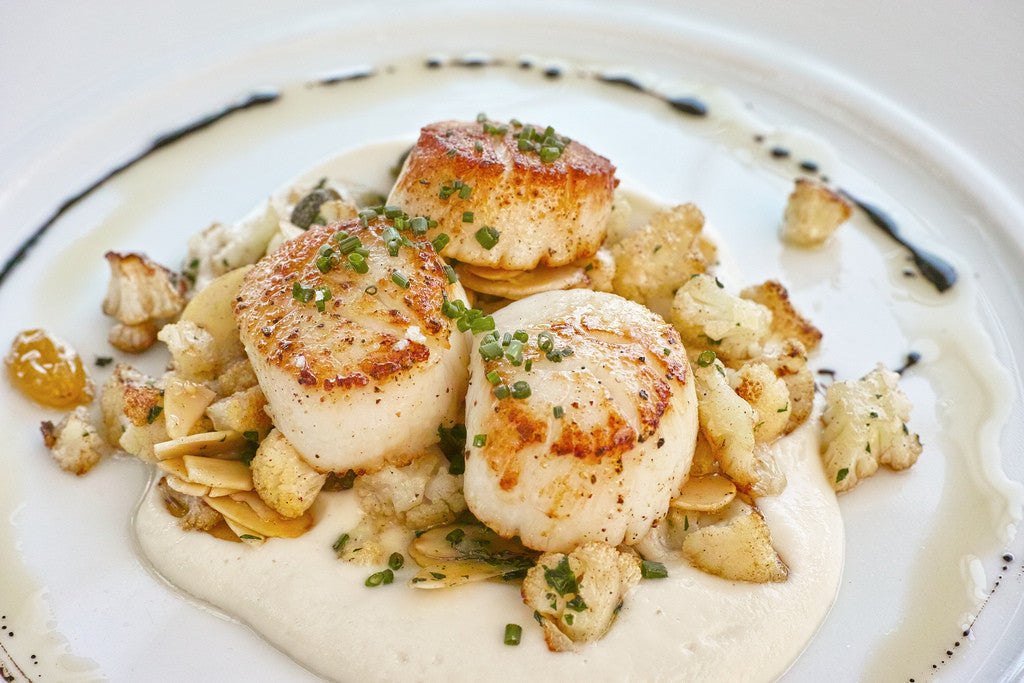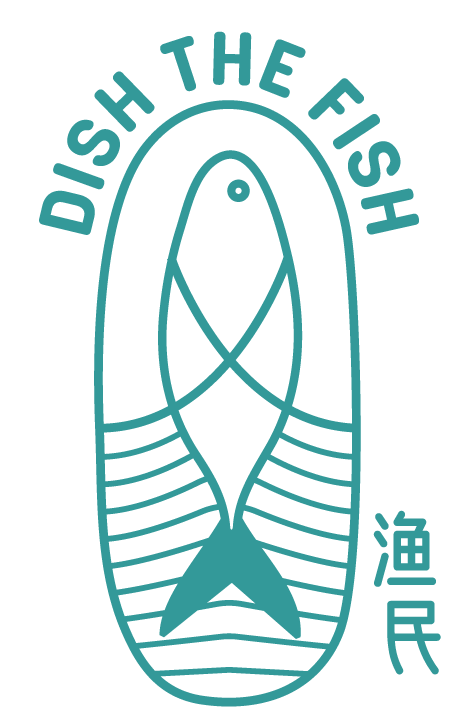
ALL YOU NEED TO KNOW ABOUT CHEMICAL-FREE SCALLOPS
Share
Scallops are very popular as they are great sources of low fat protein and omega-3 fatty acids. Scallops can be cooked easily in various ways including grilled, pan seared, baked, or fried. As shellfish quality deteriorates quickly, it is common for scallops to be chemically treated to keep prices low.
Frozen scallops (as well as many other frozen seafoods) are treated with phosphates to reduce drip loss during the thawing process. When foods with high amounts of water are frozen slowly, they may experience a loss of fluid, called drip, upon thawing. This drip loss causes dehydration and nutrient loss in frozen food products. These phosphates are generally recognized as safe food additives, and when used in moderation, helps to bind the natural moisture in seafood through the freezing and thawing process. As useful as phosphates are with frozen seafood, they are subject to abuse. A little bit of phosphate is essential to keep the natural moisture in seafood, but too much can cause the seafood to soak up additional water, and hence increasing its weight and size.
On the other hand, chemical-free scallops, also called "dry packed" scallops, are scallops that have not been chemically treated or plumped up with water. It is a different process packing these type of scallops. They have to be harvested, immediately shucked and flash frozen to capture their quality and to minimise any breaking down of flesh. This is much more tedious but you know for sure that you are paying for scallop and not water or chemicals.
Warning signs that your scallops have been soaked in too much phosphate are when: 1. Color is too white or bleached looking. 2. Scallops are sitting in an excess of milky liquid. In contrast, if you look at the picture of our scallops below, you'd find that they're of a very natural brown colour.

When you get down to cooking the scallops, dry scallops caramelize naturally and easily to a golden brown color that is very attractive when serving. If you find that your scallops tend to overcook instead of caramelising, high chances are that you're cooking "wet" scallops because the liquid coming out of the scallop is preventing the scallops from browning. Another tip for getting that nice brown on your scallop is by using the butter basting technique. Sear the scallops in hot oil on one side and add butter to the skillet after flipping them. Then, continuously ladle the foaming butter over the scallops so that the butter can brown the scallops without burning them (butter contains milk proteins and sugars that brown rapidly when heated). Watch this video for a very comprehensive recipe on how to get them right!
At Dishthefish, we are mindful of what we sell so that you may only consume what's good for you. We only sell chemical-free, dry packed scallops. These are safe for sashimi and baby consumption. Try some today! You may purchase them online here or at our retail shops.
Cover image courtesy of Jun Seita on Flickr.
